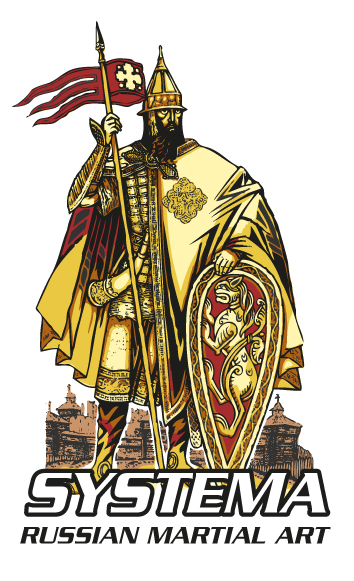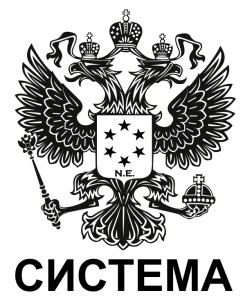So, your curiosity about martial arts has finally gotten the better of you. You have decided to roll up your sleeves and perform some research. If you want to know what to expect out of martial arts, you have come to the right place. I’m going to list out several things that you will learn very quickly when it comes to starting your martial arts journey.
1) Do your research. Whether you want to try Brazilian Jiu-Jitsu, Capoeira, Karate, Tae Kwon Do, Muay Thai, Judo, Kickboxing or MMA, you will want to figure out which art is right for you. More than likely, you will begin one, and adopt another and another. You will want to visit the gyms in your area to meet their instructors and see what they have to offer. Most places offer a free trial ranging from one to two weeks. You may want to sign a long-term contract or go month-to-month. Trust me, take advantage of the free week or two and try as many types of classes as you can. This will help you narrow down where you want to focus.
2) Once you decide which types of classes you want to take, you will need to purchase gear. If you take jiu jitsu or judo, you will need a gi and a white belt to start. Kickboxing and Muay Thai will require gloves, shin pads and a mouth guard. There are “start-up” costs to any sport and martial arts is no exception. Ask what your professor recommends and see if you can find affordable items online. The gym may also sell them for a little over cost.
3) No matter which martial art you choose, one thing is for certain, you will quickly replace bad habits with new ones. I will be honest here, I still struggle with some of my non-training related bad habits (cookies and ice cream), but I have knocked most of them out. Once you get started, you will begin to recognize your training bad habits and begin to correct them. The journey is a constant learning process.
4) Martial arts will give you much more than a physical workout. I personally go train over my lunch hour. I go back to work with a clear head. It’s like hitting a reset button. If you are stressed, you will leave the gym feeling better. Whatever you choose will not only help your physical health, but it will teach you problem solving, stress management, and enable you to keep a clear head. Martial arts is the ultimate meditation.
5) I am saving the best for last. The number one reason I love martial arts is because when you enter the gym you decide to call home, you are not just entering a workout facility, you are joining a family. You will enter a place where your training partners care about you on and off the mats. The camaraderie is like none I have experienced before.
Go visit your local martial arts academies. Visit several. Pay attention to how the members treat each other. You will know when you have found the right place for you.

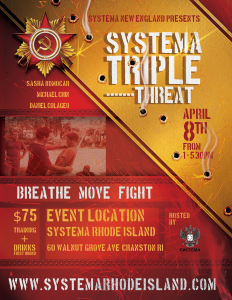
 When you search “what’s the difference between MMA and karate?” online, there are no shortage of applicable answers. Googling “what’s the difference between MMA and systema” or “What’s the difference between karate and systema?” yields far fewer relevant results, but that doesn’t mean Systema is any less legitimate a martial art.
When you search “what’s the difference between MMA and karate?” online, there are no shortage of applicable answers. Googling “what’s the difference between MMA and systema” or “What’s the difference between karate and systema?” yields far fewer relevant results, but that doesn’t mean Systema is any less legitimate a martial art.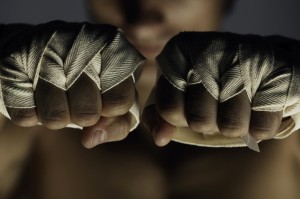 Martial arts are generally known as a tradition of combat practices specific to self-defense, physical and mental strength, fitness, entertainment, and spiritual development. Most of the martial arts we are familiar with in today’s society have a long and storied history. These practices are often associated with eastern Asia and various locations throughout Europe. Judo, Jujitsu, Karate, Gatka, Aikido, and Muay Thai are merely a small example of a long list of traditional arts.
Martial arts are generally known as a tradition of combat practices specific to self-defense, physical and mental strength, fitness, entertainment, and spiritual development. Most of the martial arts we are familiar with in today’s society have a long and storied history. These practices are often associated with eastern Asia and various locations throughout Europe. Judo, Jujitsu, Karate, Gatka, Aikido, and Muay Thai are merely a small example of a long list of traditional arts.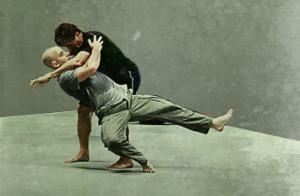 In the combat world, there are multiple different techniques that one might use. Each combat situation is different, so it’s good to know which type of combat to use in a certain situation. There are thousands of combat moves, but they generally can be narrowed down into more specific categories. Below are the top 5 hand-to-hand combat techniques that one should keep in mind if the situation happens to arise.
In the combat world, there are multiple different techniques that one might use. Each combat situation is different, so it’s good to know which type of combat to use in a certain situation. There are thousands of combat moves, but they generally can be narrowed down into more specific categories. Below are the top 5 hand-to-hand combat techniques that one should keep in mind if the situation happens to arise. The Russian Martial Art of Systema is different than your everyday martial arts. Rather than learning how to attack, Systema’s training is more focused on learning how to respond to an attack. The existence of Systema is believed to predate back to the cold war era in the Soviet Union, but actually has roots in ancient Russian fighting styles that existed more than a millennium ago.
The Russian Martial Art of Systema is different than your everyday martial arts. Rather than learning how to attack, Systema’s training is more focused on learning how to respond to an attack. The existence of Systema is believed to predate back to the cold war era in the Soviet Union, but actually has roots in ancient Russian fighting styles that existed more than a millennium ago.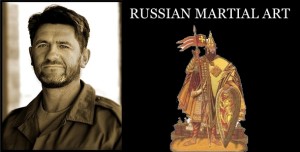 Back in December of 2013, Rob Poyton interviewed Vladimir Vasiliev in regards to his entrepreneurial success in the Russian Martial Art of Systema. Today, there are over 200 schools that teach Systema with over 500 instructors.
Back in December of 2013, Rob Poyton interviewed Vladimir Vasiliev in regards to his entrepreneurial success in the Russian Martial Art of Systema. Today, there are over 200 schools that teach Systema with over 500 instructors.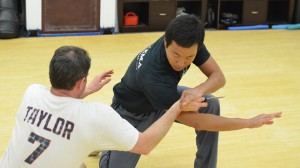 As a martial art developed by the Russian military, Systema focuses on relaxation and breathing techniques in addition to hand-to-hand and weapon combat. On the Russian Martial Art website, Vladimir Vasiliev describes the secret of systema and its unique method of combat.
As a martial art developed by the Russian military, Systema focuses on relaxation and breathing techniques in addition to hand-to-hand and weapon combat. On the Russian Martial Art website, Vladimir Vasiliev describes the secret of systema and its unique method of combat. In a recent article by Systema HQ, many people know martial arts but many don’t know about Systema, the Russian style of martial arts that dates back to the 10th century. System was first used as a method of repelling invaders from the north, south, east and west. Since Russia is such a large country, they needed people ready to defend the country from all directions. These battles to defend the country, happened in the blistering heat of summers and the cold days of winter. The russians were usually greatly outnumbered by the enemy forces. Because of their shortcomings, they created defense tactics that combined string will and innovative moves in order to compete with said enemy that wanted to invade Russia. The style of Systema is natural, free, with no strict rules, structure, or limitations. All of the tactics are based on instinctive reaction, individual strengths and characteristics.
In a recent article by Systema HQ, many people know martial arts but many don’t know about Systema, the Russian style of martial arts that dates back to the 10th century. System was first used as a method of repelling invaders from the north, south, east and west. Since Russia is such a large country, they needed people ready to defend the country from all directions. These battles to defend the country, happened in the blistering heat of summers and the cold days of winter. The russians were usually greatly outnumbered by the enemy forces. Because of their shortcomings, they created defense tactics that combined string will and innovative moves in order to compete with said enemy that wanted to invade Russia. The style of Systema is natural, free, with no strict rules, structure, or limitations. All of the tactics are based on instinctive reaction, individual strengths and characteristics.